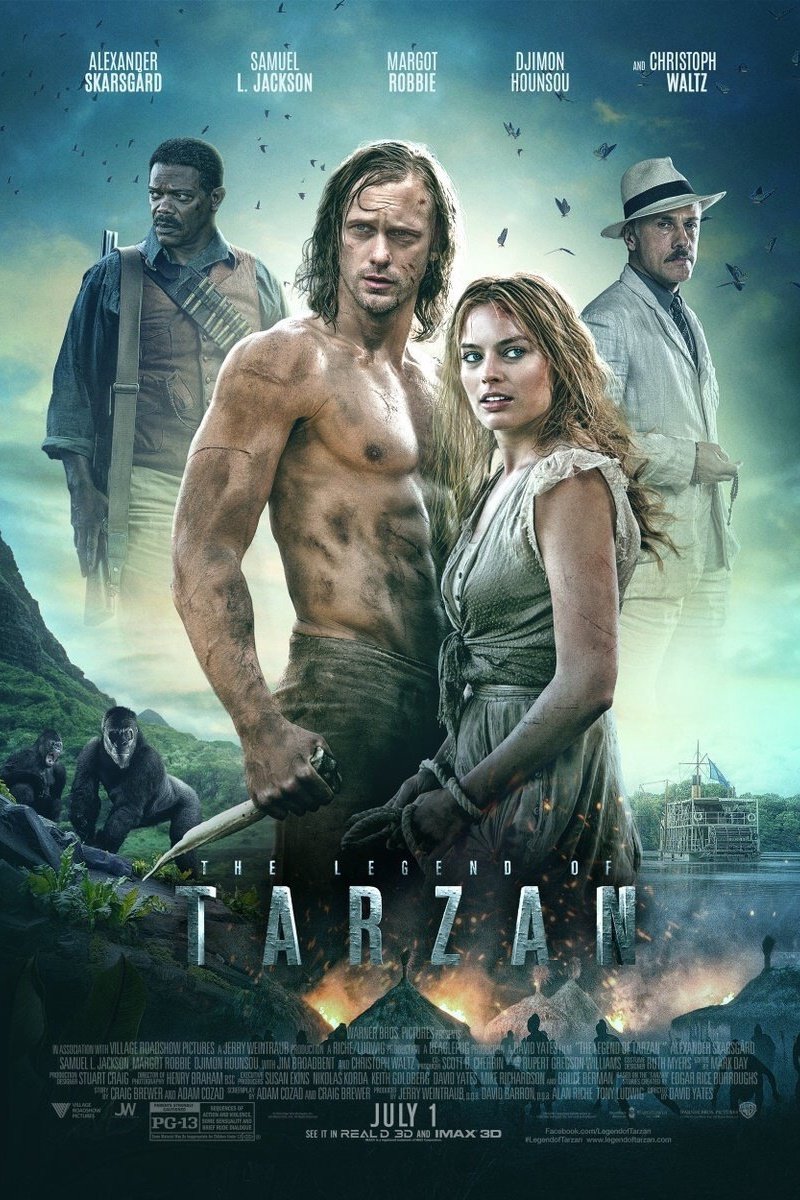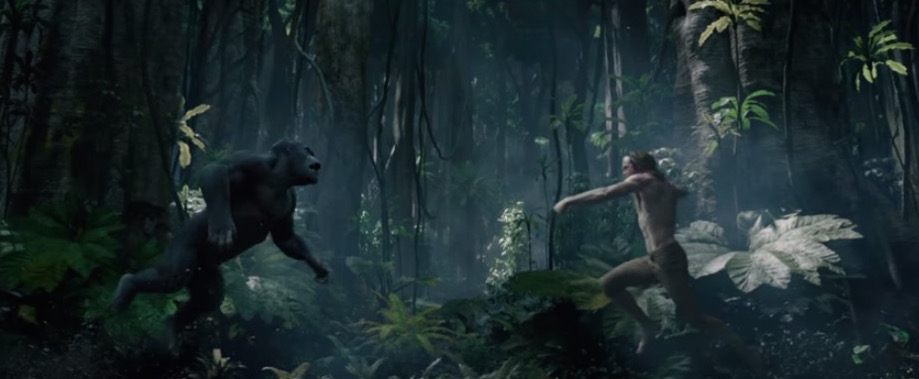

The most intriguing aspect of “The Legend of Tarzan” is Skarsgård, who plays the character not as a chest-beating macho man but a lithe, graceful keeper of secrets only he understands. Lord Greystoke reconnects with computer-generated lions, elephants, and apes - any actual animals being too preoccupied with getting driven to extinction - and gradually drops his civilized veneer, until he’s swinging in pursuit of the kidnapped Jane and Wasimbu on vines that never, ever run out of play. Tarzan is invited back to the Congo to have a look-see at the Belgians’ supposed “improvements” to the country, but the trip is a trap, arranged by the effetely evil slave-trader Leon Rom, who’s also based on a historical figure but is played as a white-suited, Panama-hatted movie villain as only Christoph Waltz can.įirst Tarzan, Jane, and Williams journey inland to the local Bantu village where Jane grew up (her father was an anthropologist) and where the movie does its level best to give us a few three-dimensional African characters like Jane’s old chum Wasimbu (Sidney Ralitsoele).

At times, the cross cutting gets so busy it’s as if we’re simultaneously watching an origin movie and its sequel.

Clayton periodically flashes back to his golden-lit upbringing by apes after the death of his explorer parents. Lord Greystoke (Skarsgård), languishes in England with his wife, Jane. And how’s Alexander Skarsgård, whose mournful Euro-hunkitude was established for American audiences over seven seasons of HBO’s “True Blood” and who was the only reason my college-age daughter came along to the screening.ĭirected with big-budget professionalism by David Yates, who made the final four “Harry Potter” movies and knows his way around a fantasy, “The Legend of Tarzan” opens in the 1880s as a pensive John Clayton, a.k.a.


 0 kommentar(er)
0 kommentar(er)
